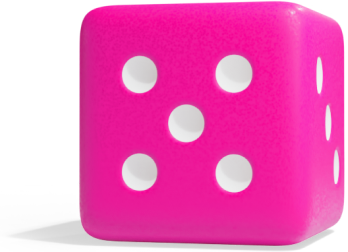8th grade Q2
The converse of an if-then statement is formed by switching the hypothesis and the conclusion.
If the original statement is
"If , then " (),
the converse is
"If , then " ().
Steps to Determine the Converse:
- Start with the original Statement:
Write the statement in the form "If , then ." - Switch the hypothesis and conclusion:
Rewrite the statement as "If , then .
Note: Just because the original statement is true, does not mean the converse is true.
Example
Original statement: "If it rains, then the ground will be wet."
- Hypothesis: "It rains" ().
- Conclusion: "The ground will be wet" ().
Converse: "If the ground is wet, then it rained."
- Hypothesis: "The ground is wet" ().
- Conclusion: "It rained" ().
Here you can see why the converse isn't always true. The ground could be wet for reasons other than rain, such as watering the garden.
Key Points:
- The converse switches the roles of the hypothesis and conclusion.
- The converse is not logically equivalent to the original statement.





















